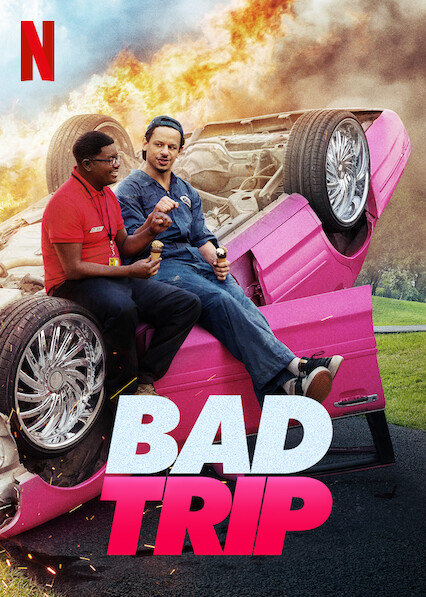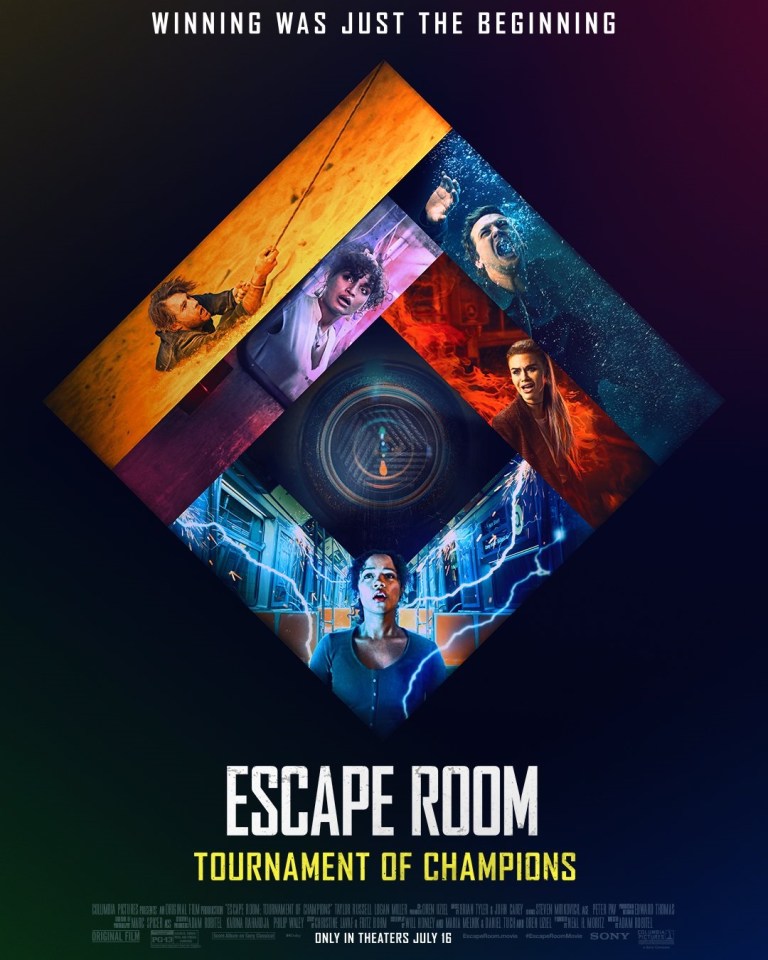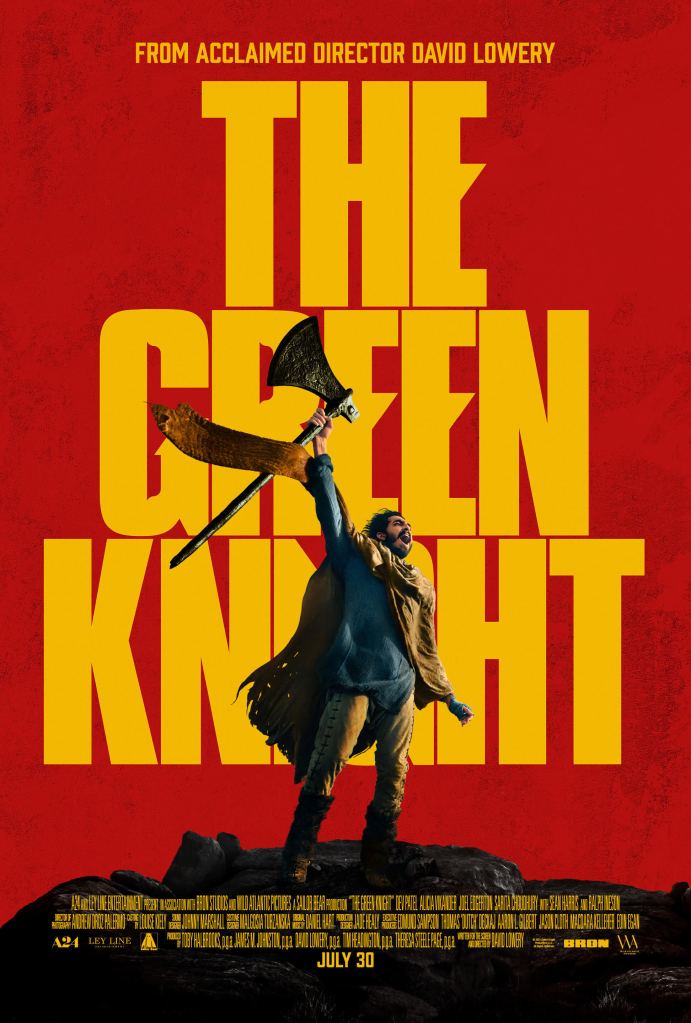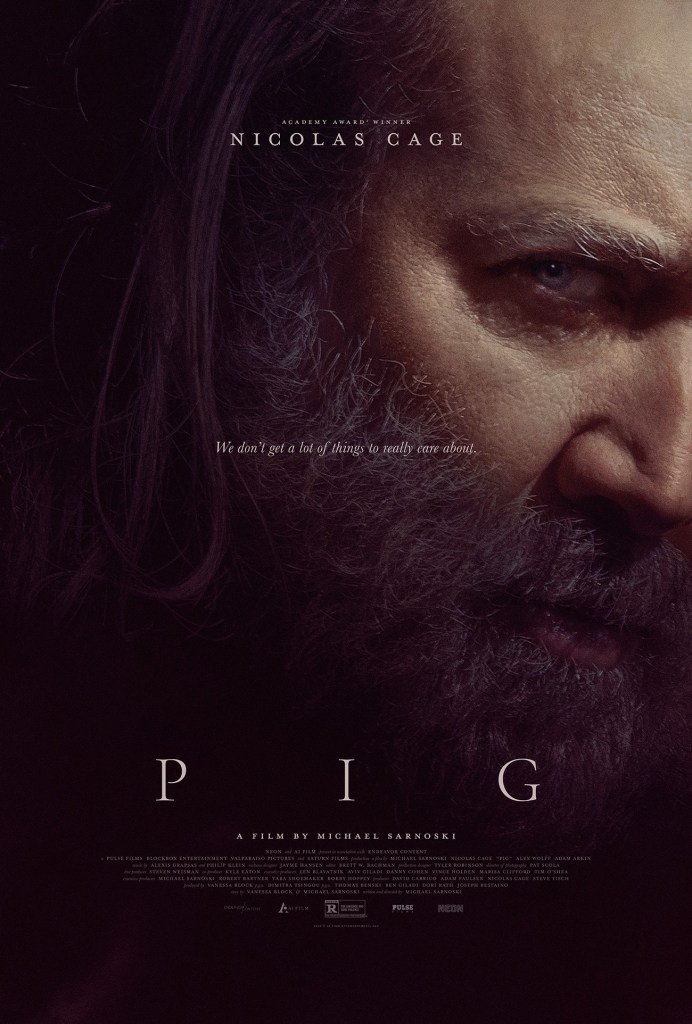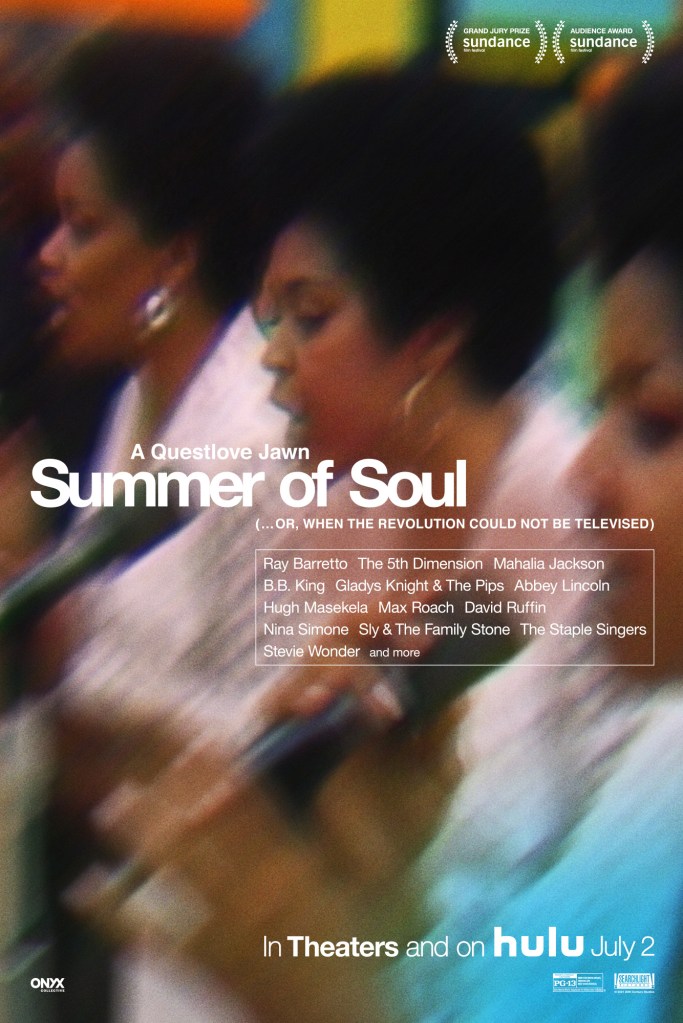Well well well, here we are again loyal readers (aka my wife – hi honey!). This Sunday is the 94th annual Academy Awards, where producers have decided to pre-tape the awards for Editing, Original Score, Production Design, Sound, Makeup and Hairstyling, Documentary Short, Live Action Short, and Animated Short. So it’s gonna be a tight 20 minutes – one monologue joke, Best Picture and the montage of everyone who croaked last year.
Seriously though, did the producers think the only thing keeping Gen Z from watching their 94-year-old program is their hatred of Documentary Shorts? This is the kind of thinking that results in Fred Flintstone and Barney Rubble rapping about cereal. It’s a fragmented world, people. Stop trying to appeal to everyone and pay attention to weirdos like me, who enjoy the initial high of Best Supporting Actress being followed by an hour of speeches from people we’ve never heard of.
Oh who am I kidding? I’ll always watch this trainwreck. If only to use it as an excuse to share “My Best Pictures” with you all, every single year. (Thanks again for reading, angel.)
Bad Trip
In the not-so-grand tradition of prank comedy, from Candid Camera to Punk’d to Nathan for You, the joke has typically been 100% on the victim – our prankster and their audience get to feel superior as some unwitting dope steps right into their trap. Bad Trip, the prank show/road movie experiment starring the gleefully chaotic comedian Eric André, successfully subverts this tradition. Given the thinnest of plotlines to get us from set piece to set piece, director Kitao Sakurai leans on the goofball charisma of his actors, making us feel invested in the preposterous misadventures of Chris (André), his best friend Bud (Lil Rel Howery) and Bud’s teardrop-tattooed jailbird sister Trina (Tiffany Haddish), even when they’re projectile vomiting or sticking their hands in blenders or ripping doors off police cars. Your mileage on gross-out humor may vary – one scene in a zoo crossed the line for me. But the beauty of Bad Trip is that even when these pranksters go too far, it’s with the goal of making themselves look stupid, and revealing the sweetness, bravery and charm of everyday people in the process.
Escape Room: Tournament of Champions
As a fan of puzzles, locked-room murder mysteries, and movies that utterly commit to a ridiculous premise, the second installment in the Escape Room franchise was readymade to be my favorite action movie of 2021. Returning director Adam Robitel builds on the lore he established in the first film, where we learned that a shadowy cabal was constructing elaborate escape room challenges with the intent of murdering each player. Not wasting too much time on exposition, Tournament of Champions immediately throws our hero Zoey (Taylor Russell, whose palpable expressions of fear make it harder for us to laugh at the premise) into another over-the-top obstacle course of death. The frying-pan-into-the-fire nature of the gimmick works even better this time, because the rooms are more imaginative – the bank lobby and seaside cabana sticking out most vividly in my mind. And the inevitable twist is both surprising and smart, tying the first two films together while fleshing out the universe in the process. Put this on in a locked room and I’ll be just fine.
The Green Knight
I watched The Green Knight in the most unforgiving way – on a red-eye flight with those complimentary headphones that never stay in my ears. I still felt transported. Because director David Lowery’s patient, dream-like adaptation of the 14th century poem Sir Gawain and the Green Knight is unlike any quest narrative I’ve ever seen. Sure, you’ve got your dashing heir to the throne (a fantastically expressive Dev Patel), on an epic journey to confront a magical creature. But it’s the creature – a Treebeard-looking, forest-dwelling enigma who calls himself The Green Knight – who represents nobility and honor. Patel’s Gawain, on the other hand, is foolhardy, gullible, and aimless – a man spoiled by privilege, lost in the wilderness yet not intelligent enough to respect it. As a visual spectacle alone, The Green Knight is its own form of poetry. But as an allegory for how so-called heroes can be unchivalrous to our planet, it packs more punch than a 747.
Malignant
Ever since Robert Louis Stevenson dropped Strange Case of Dr. Jekyll and Mr. Hyde in 1886, we’ve had more than our share of split personality thrillers. At first, Malignant feels like it could be just another decent addition to the genre, a sufficiently creepy story about a woman who keeps having visions of a shadowy killer murdering people from her past. Problem is, they’re not just visions. The more we learn about what’s really happening to Madison (Annabelle Wallis), the more unhinged, hysterical, and visually striking this big-budget B-movie becomes. In his first feature since helming the blockbuster Aquaman, 21st century horror auteur James Wan clearly relished the opportunity to go for broke with Akela Cooper’s script – a critical action sequence in a police station where our villain gets revealed is a skillfully directed, batshit insane moment for the ages. And Wan must have had some fun, because he’s already thinking about a sequel. Really! It’s not all in my head, I swear!
Passing
I’m not qualified to comment on whether or not director Rebecca Hall’s debut accurately portrays the intersectional dynamics of race, gender and sexuality in 1920s Harlem. So I’ll say this: Passing is a movie that lingers in your mind, in the same way it lingers on screen. This quiet, subtle character study depicts the accidental reunion of two Black women who were once childhood friends. Ruth Negga plays Clare, who has been “passing” as a white woman for years, marrying a blond banker (Alexander Skarsgard) who says the N word like it’s an article. Tessa Thompson plays Irene, who has achieved the American dream on the surface but gives pretty big hints that she’s also hiding something. Hall, adapting the 1929 Nella Larson novel, makes the smart decision of just letting these actors shine, utilizing recurring jazz piano licks, pitch-perfect period details (love that collapsible shot glass), and shimmering black and white to make their world feel real. Meanwhile, Negga and Thompson imbue every line with fascinating subtext, saying the things they can never say through glances, hushed compliments, and outstretched hands.
Pig
We think we know how this story is supposed to go. Nicolas Cage plays Robin Feld, a reserved, unkempt man living in the woods of Oregon. Some meth addicts beat Robin up and steal his prized truffle pig, who was his meal ticket and beloved companion. Hurt, angry, and absolutely certain he can rescue his porcine pal, Robin follows the scent to downtown Portland. This is where Pig zigs when it’s supposed to zag. Turns out Robin is not out for bloody revenge a la John Wick. And Cage never hams it up, playing Robin as a haunted, calming presence – even during a bare-knuckle boxing match in an underground tunnel. It’s a tremendous performance, an actor inhabiting a character who knows for a fact that his happiest days are behind him. A moving meditation on grief, sense memory, and the blessing of a fulfilling job, Pig leverages our expectations for revenge fantasies and Cage vehicles against us, slowly revealing Robin’s nature like a surprisingly robust four-course meal.
The Power of the Dog
There’s a moment in Jane Campion’s instant-classic cowboy picture The Power of the Dog that surprises our usually stoic and sarcastic main character Phil Burbank. When he asks Peter, his brother’s stepson, if he sees the same shape in the Montana mountains that Phil always has, Peter responds with the correct answer. Phil, played with sneering superiority by Benedict Cumberbatch, simply can’t believe it: “What the hell? You just saw that now?” Luckily for us, Campion doesn’t treat her audience like Phil treats Peter. She places an inordinate amount of faith in us to understand what we’re seeing, right up to an iconic final sequence that gives us just enough information to weave all the harrowing pieces together. In adapting Thomas Savage’s 1967 novel, Campion scraps the internal monologues, challenging us to get to know characters who either don’t speak the truth or barely speak at all. And by contrasting a heartbreakingly romantic straight courtship with Phil’s embittered torch-carrying for the long-dead love of his life – a man called Bronco Henry – she makes all-too-relevant points about the damage we do when we shame human beings simply for who they love.
Summer of Soul
Ahmir “Questlove” Thompson’s documentary Summer of Soul is a long-overdue introduction to a star-studded 1969 music festival (no, not that one). The Harlem Cultural Festival, held in what is now Marcus Garvey Park, had better performances than that future-Republican’s convention over at Yasgur’s farm, and also said more about the state of our country. Yet footage of this “Black Woodstock” sat in a basement for a half-century, a cultural casualty of systemic racism. Questlove does all he can to reverse this wrong, including contextual social commentary with clear analogues to problems we still face. Crowd reactions to the recent moon landing, for example, foresee a wealth gap problem that is still getting worse: “The cash they wasted getting to the moon could have been used to feed the poor Black people in Harlem and all over.” Mostly though, the music is the message – Steve Wonder playing drums like a possessed octopus; Mavis Staples being passed the mic by her hero Mahalia Jackson; Nina Simone debuting “To Be Young, Gifted, and Black,” singing it like the syllables are loaves and fishes. It’s the epitome of what a concert documentary can do, showing how these incredible performances impacted the lives of the people playing and watching. Now, finally, we can join them.
Honorable Mentions: The Conjuring: The Devil Made Me Do It; Cruella; Dune; Julia; King Richard; Lamb; Plan B; The Tragedy of Macbeth

